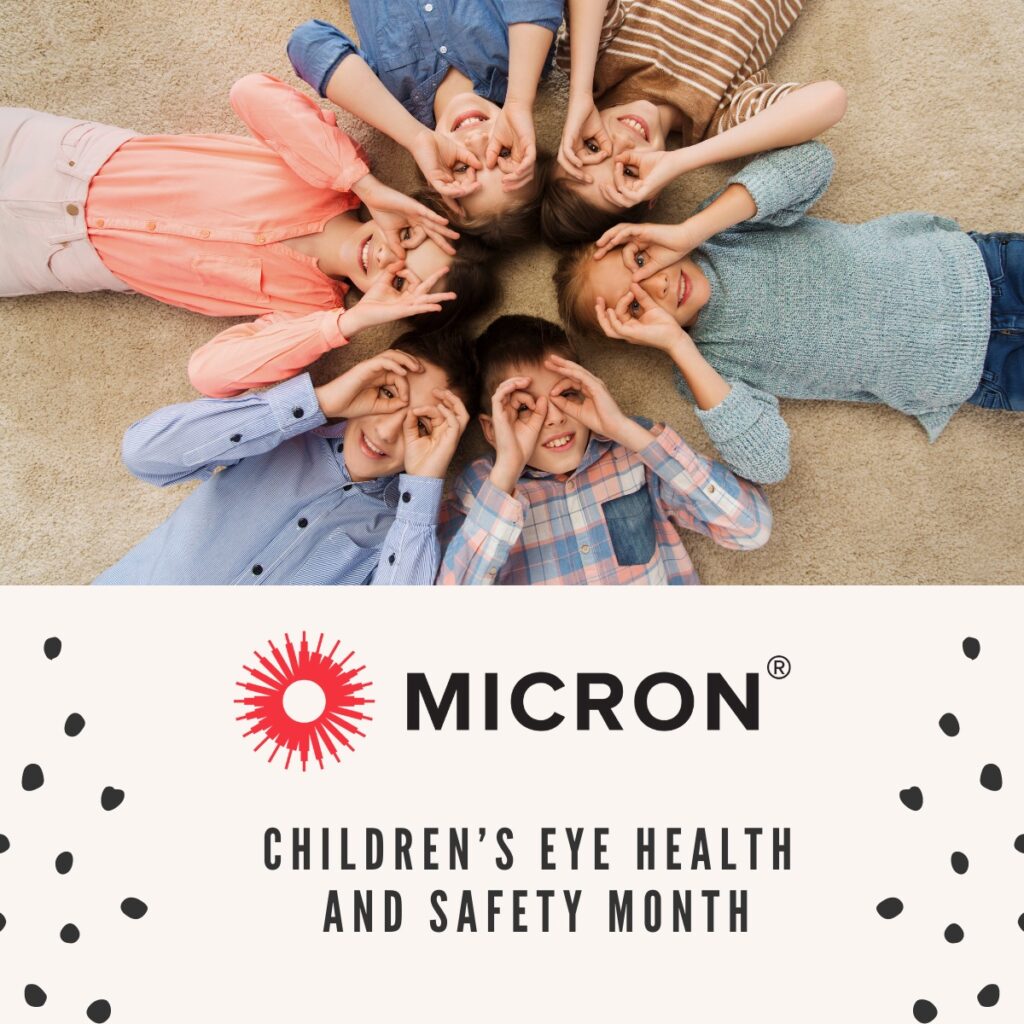As Children’s Eye Health and Safety Month comes to a close, we want to shout out to all the researchers that are conducting groundbreaking pre-clinical studies, worldwide, to pioneer advancements in pediatric eye health.
To all of you, thank you for your incredible work that is paving the way for better outcomes and brighter futures for our kids.
Scientists have enriched the understanding of pediatric eye diseases exploring conditions such as:
- Retinopathy of Prematurity (ROP): This condition affects premature infants and is a leading cause of childhood blindness worldwide. Ophthalmologists who screen for ROP are deeply committed to preserving children’s vision, with many going beyond clinical care to also engage in pre-clinical research to fully understand the disease. In the lab, the MICRON system’s in-vivo imaging capabilities have enabled researchers to longitudinally document, quantify, and assess the complex interactions between vascular endothelial growth factor (VEGF), oxygen-induced retinopathy (OIR), and retinal morphology and function in both rat and mouse models. By employing retinal imaging, fluorescein angiography, optical coherence tomography (OCT), with visual electrophysiology, the MICRON system has become indispensable for researchers exploring pre-clinical retinal vascular development and function, driving the search for effective therapeutic strategies to prevent and treat ROP.
- Congenital Glaucoma: This rare condition, present at birth, is characterized by increased intraocular pressure, which can lead to optic nerve damage and vision loss. The MICRON system has enabled researchers to study structural changes in the eye, enhancing the understanding and treatment of congenital glaucoma. Notably, these tools have been instrumental in assessing mouse models to examine key ocular features of glaucoma-related disorders such as Axenfeld-Reiger Syndrome and investigating potential links between glaucoma and the Zika virus.
- Inherited Retinal Diseases: Genetic disorders like retinitis pigmentosa and Leber’s congenital amaurosis can lead to significant vision loss early in life, with Leber’s often resulting in blindness by the age of one. The MICRON fundus and OCT imaging capabilities have empowered researchers to precisely document disease phenotypes, that vary in severity, lesion appearance and genetics and correlate findings with functional outcomes. Others have studied photoreceptor cell death pathways. This impressive work has been leading to the advance of the development of gene therapies and other novel cell-based treatments.
- Pediatric Uveitis: An inflammatory condition that can lead to severe vision impairment, uveitis in children is particularly challenging due to the disease developing without visible symptoms combined with the inability for children to express their complaints. Thus, the diagnosis can be delayed, advanced and may mimic other diseases or issues. Researchers have been actively looking into many aspects of uveitis including the molecular characteristics as well as applying deep learning to MICRON retinal photos to identify stages of experimental autoimmune uveitis (EAU) in mice. Shifting animal models, scientists have developed a novel zebrafish model of endotoxin-induced uveitis (EIU) to compliment the studies of gene editing and treatment. MICRON fundus and OCT imaging has been critical in validating the effectiveness of the model and its potential use in future studies on uveitis treatments.
This only scrapes the surface of the breadth and depth of work being done in labs around the world. Phoenix-Micron, Inc commends the global community of scientists and clinicians for their dedication to advancing preclinical studies that bridge the gap between the laboratory bench and clinical practice, particularly in the realm of pediatric eye diseases.
Their innovative approaches and commitments to translating scientific discoveries into practical, effective treatments hold the promise of significantly improving the lives of young patients. Their work exemplifies the critical role of preclinical research in driving the development of therapies that will ultimately benefit children suffering from vision-threatening conditions. Keep pushing the boundaries of what is possible in this vital field!





